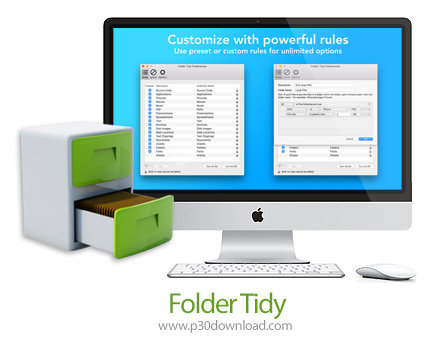
Recreate the plot showing change in cases over time using table2instead of table1. Which representation is easiest to work with? Which is hardest? Why? Divide cases by population, and multiply by 10000.Extract the matching population per country per year.Extract the number of TB cases per country per year.Using prose, describe how the variables and observations are organised ineach of the sample tables.Ĭompute the rate for table2, and table4a + table4b.You will need to perform four operations: Here are a couple of small examples showing how you might work with table1.


That makes transformingtidy data feel particularly natural.ĭplyr, ggplot2, and all the other packages in the tidyverse are designed to work with tidy data. As you learned inmutate and summary functions, mostbuilt-in R functions work with vectors of values. There's a specific advantage to placing variables in columns becauseit allows R's vectorised nature to shine. If you have a consistent data structure, it's easier to learn thetools that work with it because they have an underlying uniformity. There's a general advantage to picking one consistent way of storingdata. Why ensure that your data is tidy? There are two main advantages: It's the only representation where each column is a variable. That interrelationship leads to an even simpler set of practical instructions: These three rules are interrelated because it's impossible to only satisfy two of the three. Each observation must have its own row.įigure 12.1: Following three rules makes a dataset tidy: variables are in columns, observations are in rows, and values are in cells.Each variable must have its own column.There are three interrelated rules which make a dataset tidy: One dataset, the tidy dataset, will be much easier to work with inside the tidyverse. These are all representations of the same underlying data, but they are not equally easy to use. Each dataset shows the same values of four variables country, year, population, and cases, but each dataset organises the values in a different way. The example below shows the same data organised in four different ways. You can represent the same underlying data in multiple ways. In this chapter we'll focus on tidyr, a package that provides a bunch of tools to help tidy up your messy datasets. If you'd like to learn more about the underlying theory, you might enjoy the Tidy Data paper published in the Journal of Statistical Software. This chapter will give you a practical introduction to tidy data and the accompanying tools in the tidyr package.

Once you have tidy data and the tidy tools provided by packages in the tidyverse, you will spend much less time munging data from one representation to another, allowing you to spend more time on the analytic questions at hand. Getting your data into this format requires some upfront work, but that work pays off in the long term. In this chapter, you will learn a consistent way to organise your data in R, an organisation called tidy data. 'Tidy datasets are all alike, but every messy dataset is messy in itsown way.' –– Hadley Wickham 'Happy families are all alike every unhappy family is unhappy in itsown way.' –– Leo Tolstoy
#Folder tidy review full#
Full compatibility with macOS Big Sur, including new app icon! Over 600 five star ratings internationally. Options to ignore aliases, folders and anything with a label.

Choose where to put the cleaned up files and folders. Choose files and folders to ignore during a clean up.
#Folder tidy review download#
Download Folder Tidy right now and choose the folder to organize and with one click you'll see the files get sorted into the appropriate sub folders (Pictures, Word. Take a look at your Desktop, or the Downloads folder - is it a little disorganized? Or maybe really disorganized? Don't worry, it's really easy to clean up.


 0 kommentar(er)
0 kommentar(er)
